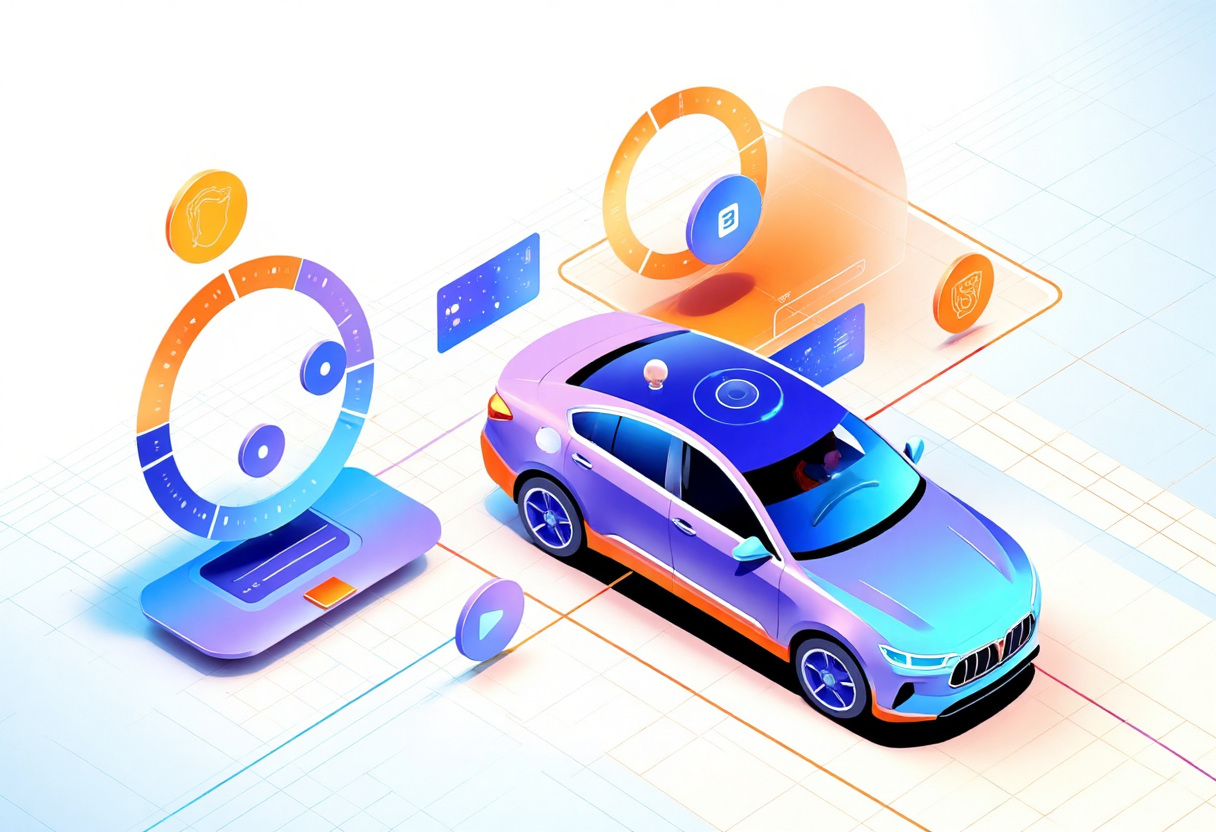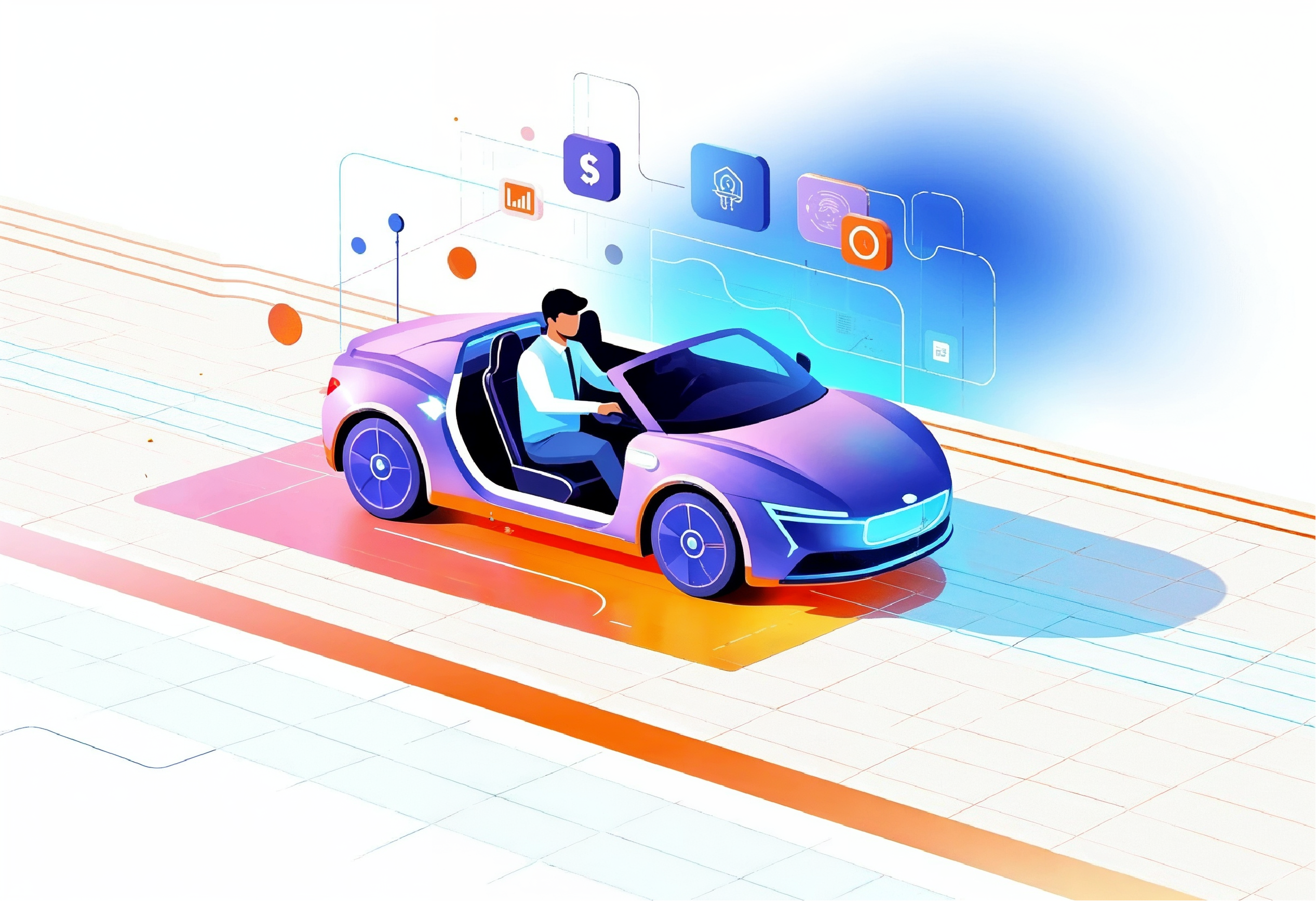- synosysaiuser
- Uncategorized
- 0 Comments
Enhancing Driver Safety with AI-Powered Fleet Management
Safety on the road is a top priority for fleet operators, and Artificial Intelligence (AI) is transforming how driver safety is managed. Traditional safety measures relied on manual reporting and post-incident reviews, but AI now enables real-time monitoring, predictive analytics, and proactive interventions. These advancements are helping reduce accidents, detect fatigue, and improve overall driver performance, making roads safer for everyone.
How AI is Making Roads Safer ?
When is model retraining required?
- AI-Powered Dashcams: Detect distracted driving, mobile phone usage, and unsafe behaviors in real time.
- Fatigue Detection Systems: Monitor eye movement, head position, and driving patterns to prevent drowsy driving.
- Driver Behavior Analysis: AI tracks speeding, harsh braking, and acceleration to improve safe driving habits.
- Predictive Collision Avoidance: AI sensors analyze road conditions and trigger alerts or automatic braking to prevent crashes.


“AI-driven safety systems don’t just record incidents—they actively prevent them by detecting risks before they escalate.”
— Sundar Pichai, CEO of Google
AI-Powered Dashcams & Fatigue Detection: Preventing Accidents in Real Time
AI-enabled dashcams and fatigue monitoring systems are playing a crucial role in reducing distracted and drowsy driving incidents. AI analyzes facial expressions, eye closure duration, and head movements to detect signs of fatigue or distraction. When risk is identified, the system instantly alerts drivers and fleet managers, prompting immediate corrective action.
Moreover, AI-powered dashcams capture real-time driving behavior, helping fleet operators coach drivers based on their habits. By analyzing unsafe practices like tailgating, sudden lane changes, or failure to stop, AI allows fleets to implement targeted training programs, fostering a culture of safer driving.
The Future of AI in Fleet Safety
AI’s influence on fleet safety will continue to grow, with advanced predictive models and automated intervention systems becoming standard. Future AI innovations will include biometric-based stress detection, adaptive AI coaching, and fully automated fleet safety assistants.
With AI at the forefront of fleet management, preventing accidents is no longer reactive—it’s proactive. The integration of AI in fleet operations ensures that drivers are not only monitored but also guided toward safer and more responsible driving habits, ultimately making the roads safer for all.


